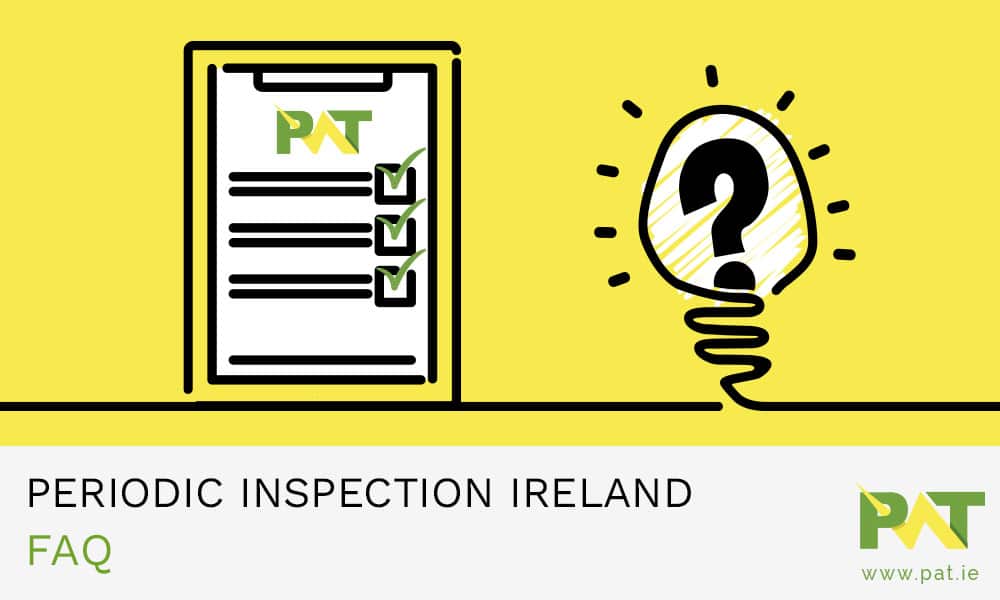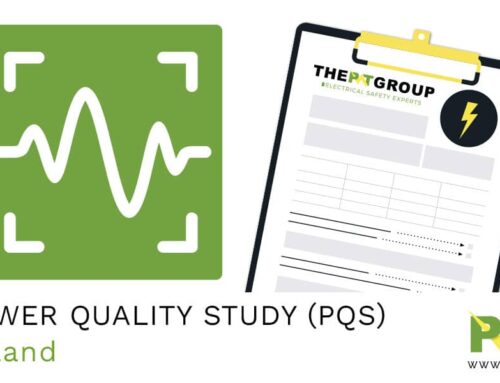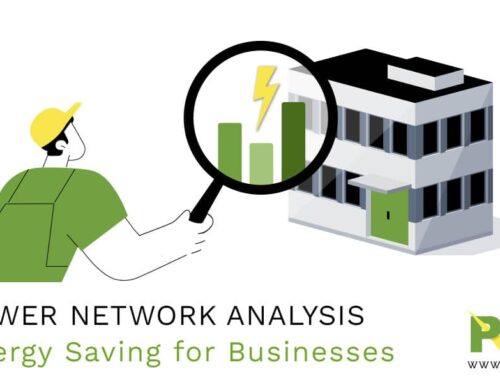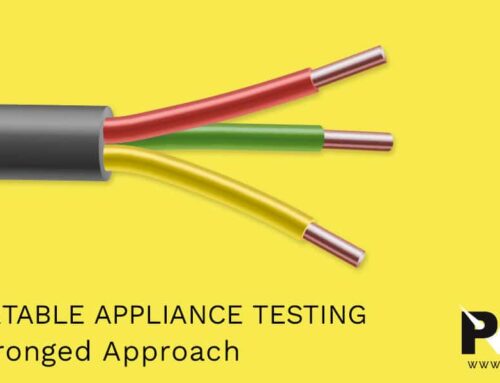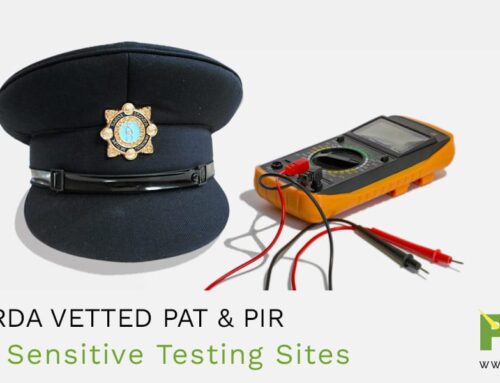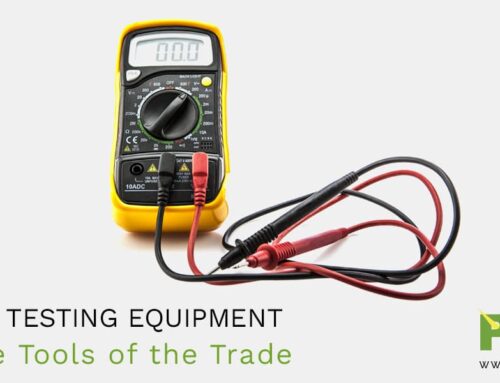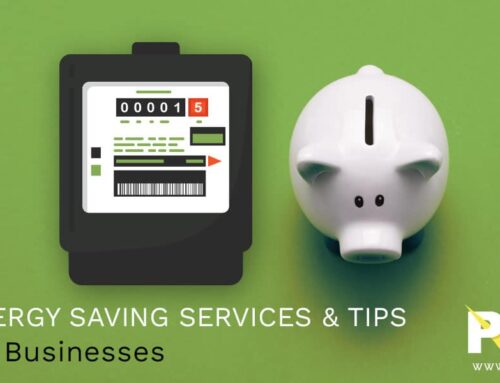Before having periodic inspections completed for your business it is important to understand the basics of what they are and how periodic inspection reports (PIR) are crucial for maintaining health and safety standards, in addition to demonstrating compliance with electrical installations for insurance and adherence to the National Standards Authority of Ireland’s National Rules for Electrical Installation. In this Periodic Inspection FAQ we’ll go over the questions we get asked more often.
What is a Periodic Inspection?
Simply put, a periodic inspection comprises of systematic checks of existing electrical installations, to assess any safety risks (ie., possible fire hazards or electric shock), look for any signs of, corrosion, overloading, issues caused by aging equipment and overall signs of wear and tear.
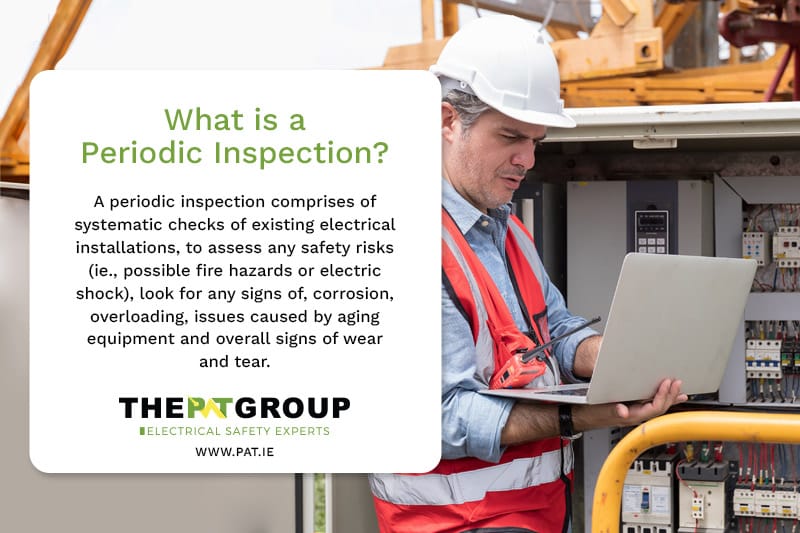
What is a Periodic Inspection Report?
Following a periodic inspection, a periodic inspection report (PIR) will be issued to the client, which will note the condition of electrical systems and installations in the space, along with a completed test record sheet to show how the system is operating and if any additional works need to be scheduled.
How Often Are Periodic Inspections Required?
Periodic inspections are required once every five years; however, some businesses will need inspections every three years due to unique circumstances of space/usage of the electrical system. We recommend multi annual scheduled PIR testing as this will ensure that the testing gets completed when it needs to be completed.
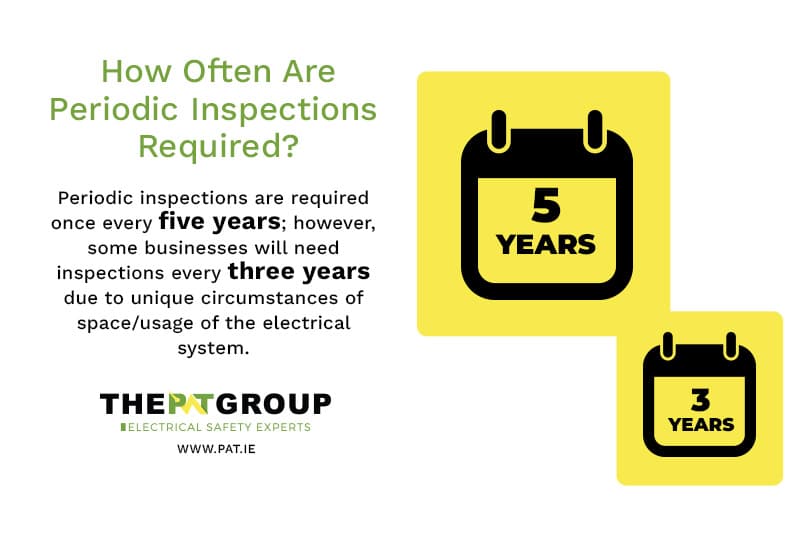
Who Can Do a PIR?
It is important to note that a PIR can only be completed by qualified registered electrical contractors and electricians, who have undergone extensive training and are knowledgeable with the current national rules for electrical installations. PIRs are required to be provided to clients directly from the electrician or electrical contractor to demonstrate their and the respective businesses adherence to the National Standards Authority of Ireland’s National Rules for Electrical Installation (ET 101). Likewise, these reports with their detailed feedback, are essential as a reference for future maintenance intervals or works and for insurance purposes.
What are the Most Common PIR Issues?
Some of the most common issues that appear on PIR are old or damaged fuse boards or wiring, missing or inadequate earthing/bonding, age related issues (cracked, brittle, corroded cable insulation, fittings or wires), no circuit labelling or non-compliant works, lack of RCD protection for sockets and loose or overeating connections in sockets, switches and boards.
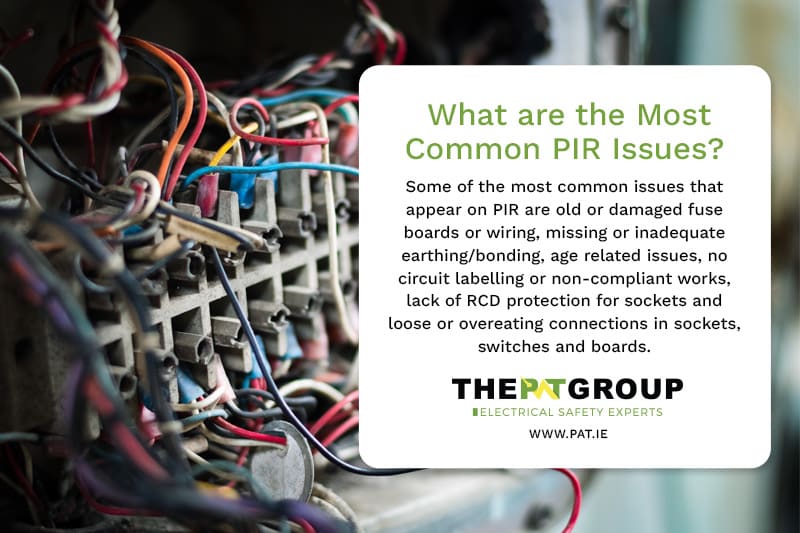
How Long until the Inspection Report is Received?
After the inspection, clients will typically receive their PIR within 1-5 business days, depending on the scope and range of works to note, and the complexity of the electrical systems within the space. However, if there are serious safety issues found, clients will be immediately alerted to either repair or replace the issue or installation as soon as possible.
How Much Does PIR Cost?
The cost for periodic testing and the following comprehensive report will vary based on the size and scope of the systems to be inspected. We recommended that any prospective client get in touch in advance of scheduling testing to ensure it is within the recommended testing interval, in addition to being able to provide a bespoke quote for your businesses needs based on the space and electrical systems and installations.
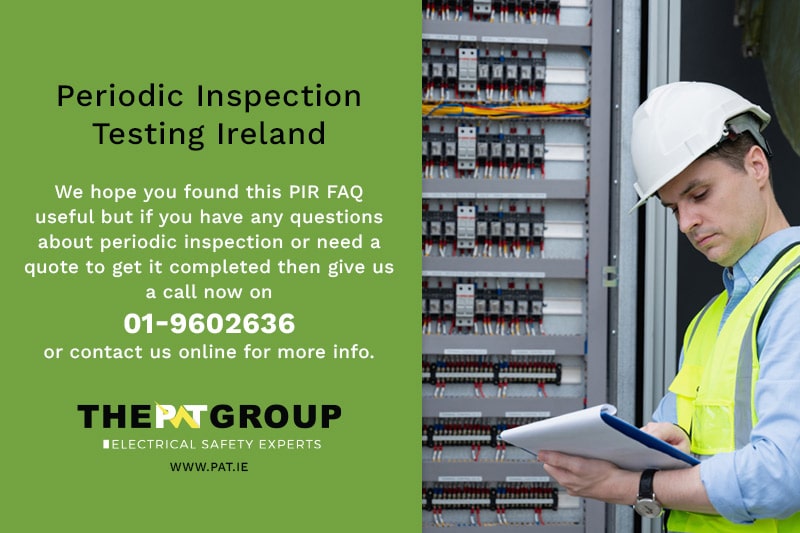
Periodic Inspection Testing Ireland
We hope you found this PIR FAQ useful but if you have any questions about periodic inspection or need a quote to get it completed then give us a call now on 01-9602636 or contact us online for more info.
If you found this post helpful make sure you check out our post about Electrical Building Services.

